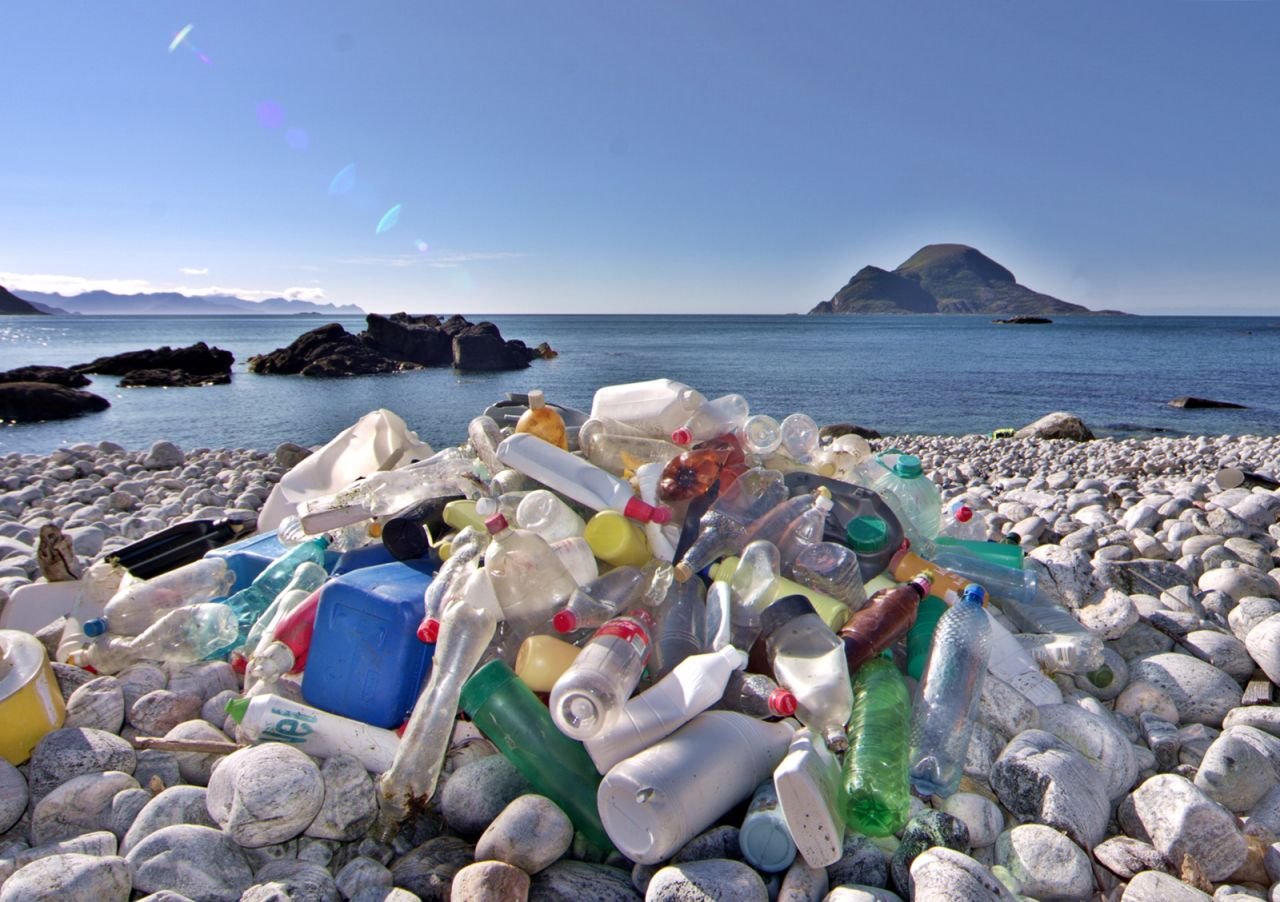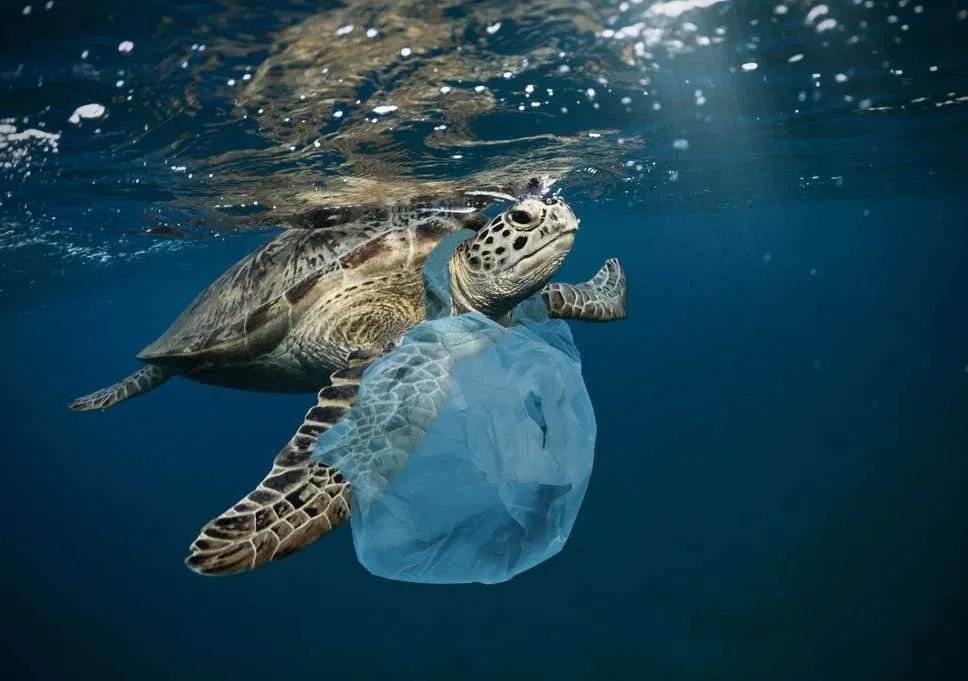What are “ocean-bound plastics?” It initially triggers negative emotions — the emotions that we may get from mental images of sea turtles stuck in a coke can ring or whales with plastic in their stomachs.
Though, the point they are actually making is that the plastic is not going into the ocean.
According to Ocean-Bound Plastic’s website, ocean-bound plastic is a recycled raw material that can substitute virgin raw material, help protect the oceans and planet, and is part of a circular economy.
They refers to waste that is at risk of ending up in the oceans. Plastic near waterways that may find its way into the oceans through rivers is a prime example.
The goal of Ocean-Bound-Plastic is to create an integrated land based collection system that converts ocean-bound-plastic waste into recycled products.
They are preventing plastic waste from entering the oceans by collecting plastic in risk areas found within a 200 km distance of an ocean coastline or waterway that potentially lead into the oceans.
An easy way to tell the difference between Ocean-Bound-Plastic and Ocean Waste Plastic is the fact that Ocean-Bound-Plastic is land based whereas Ocean Waste Plastic is water based.
Ocean-Bound-Plastic has not yet reached the oceans, where as Ocean Waste Plastic is collected in the different waterways.
80% of the plastic that end in our ocean are from land-based sources such as landfills, trash and debris from construction, ports, marinas, commercial tourism and industrial facilitis etc.
The remaining 20% comes from ocean-based sources such as cruise ships, ferries, fishing, container shipping, off shore industries etc.
All plastics have a chance of ending up in the ocean eventually if they are not disposed of properly. Use less plastic.
This is an Agency News-Feed, edited by Clean-Future Team










